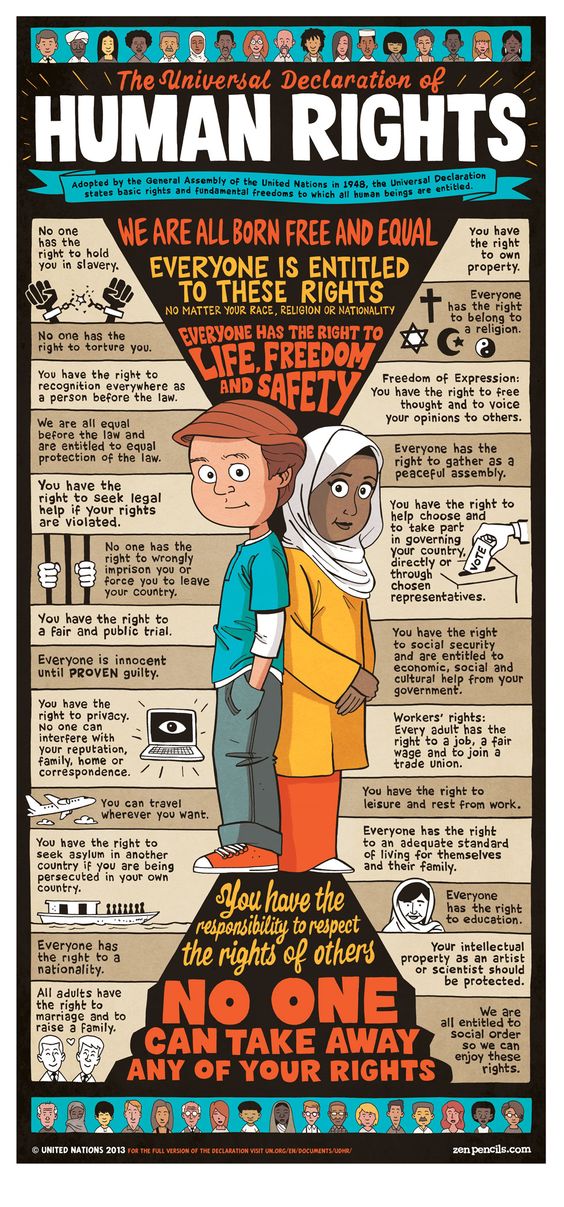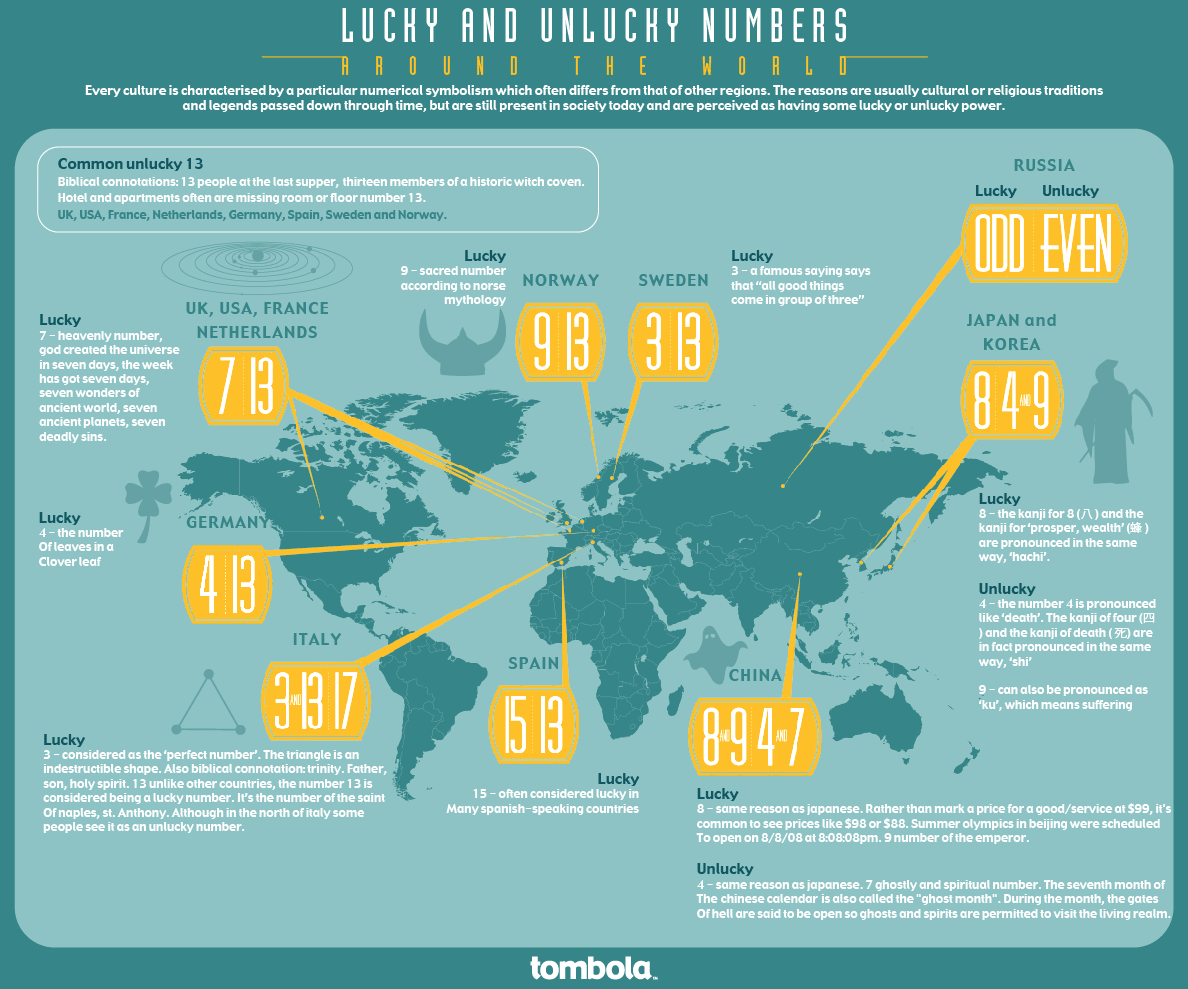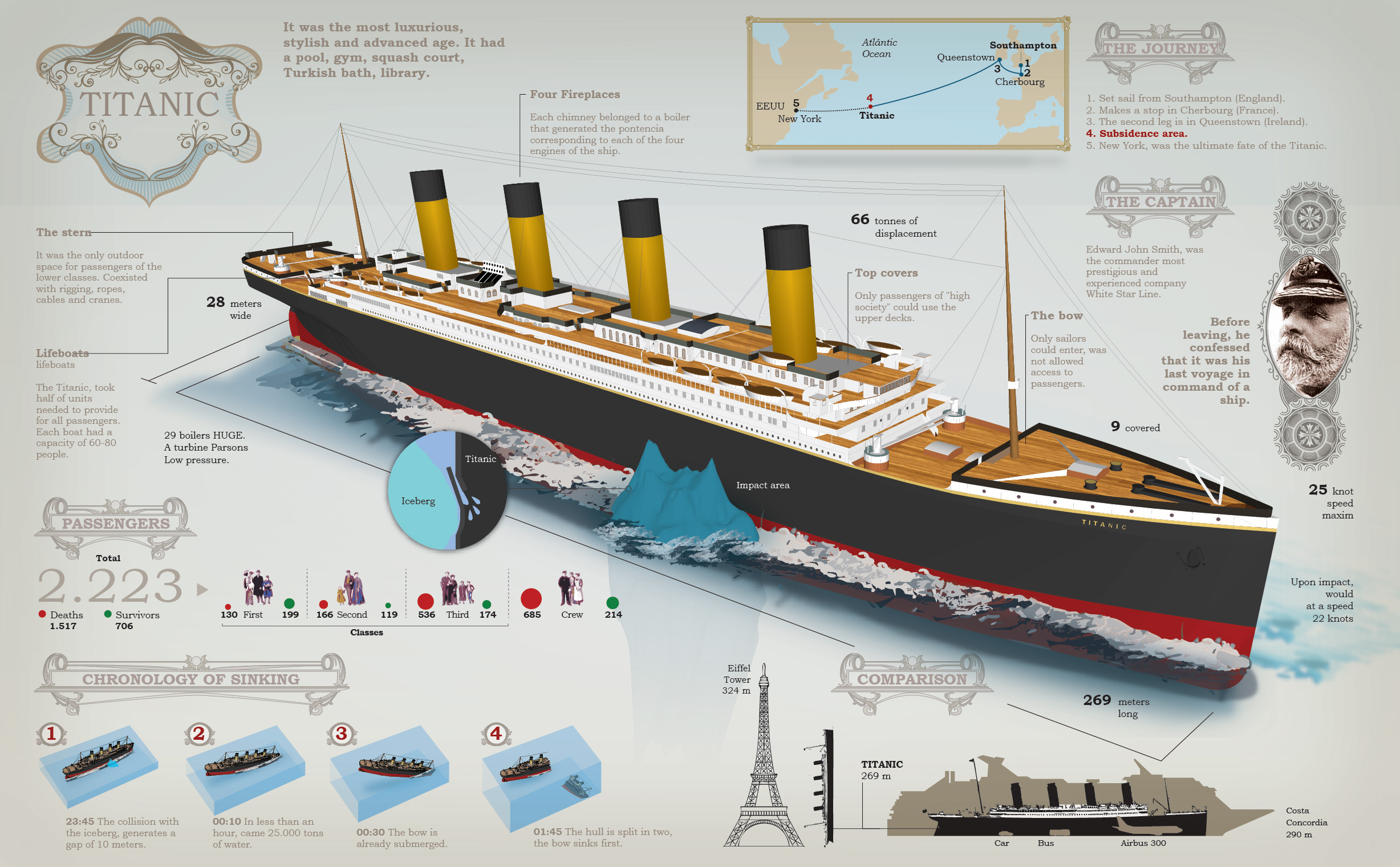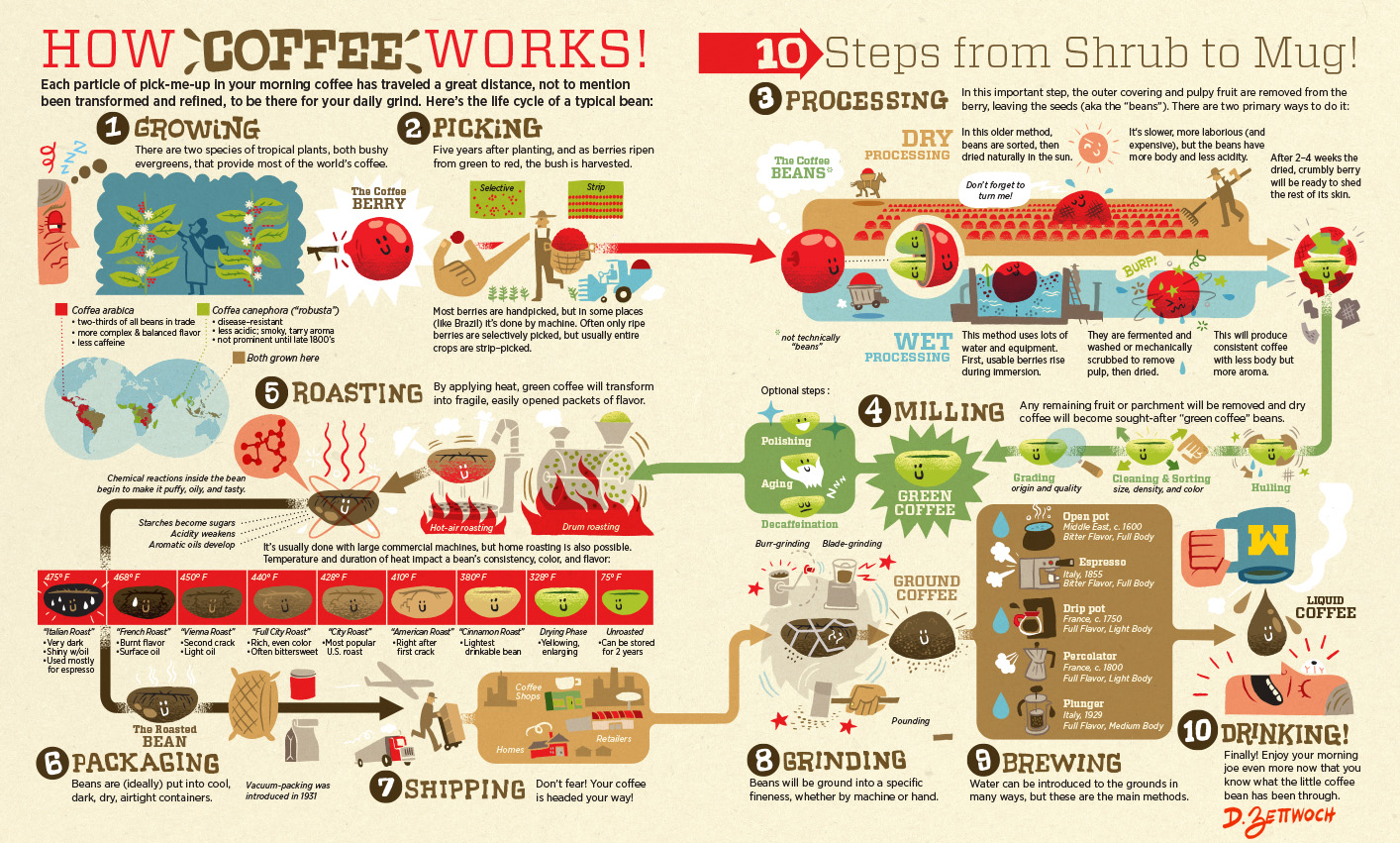Global Social Challenges
Document Analysis
MINDS ON
“
When it is obvious that the goals cannot be reached, don't adjust the goals, adjust the action steps.
~ Confucius
Leaders of Change
Many different causes of social change have been discussed in previous activities; however, it needs to be acknowledged that the impetus(definition:A force that makes something happen.) for social change can also come from a variety of different levels or groups in society.
A number of the examples of social change outlined thus far in the course can be credited to grassroots movements. In these cases, a few individuals or a small group identified an issue or area of change, and as they begin to promote the cause, more people become interested and joined their ranks.
Societal change can also be prompted by the government. In some instances, governments react to pressure from grassroots movements, and in others they act on other concerns such as public safety or agreements with other governments.
A third group that can encourage social change is non-governmental organizations(definition:Groups that are neither part of the government nor a for-profit business.) (NGOs) and transnational organizations(definition:Organizations that transcend national boundaries.). Examples include Doctors Without Borders, the Canadian Red Cross, the International Monetary Fund, the World Trade Organization and the World Health Organization.
In this activity, you will examine some examples of government and NGO/TNO work that have prompted social change.
ACTION
Documents Designed to Create Change
As was addressed in the topic of deviance, one of the ways that we can encourage more uniform patterns of behavior in our societies is to create lists of behaviors that people are expected to follow. These can address areas as tangible as legal or illegal activities, and as abstract as the goal for worldwide peace.
Both government groups and NGOs/TNOs will often release documents containing guidelines or goals which both describe their work and can serve to encourage social change actions from those who read them. Though it may be difficult to relate to some of these documents, they allow us frameworks within which to function as a global society.
Some specific examples of such documents include:
- United Nations Convention on the Rights of the Child
- Ontario Human Rights Code
- Truth and Reconciliation Commission Report
- The Ontario Environmental Bill of Rights
- Canadian Charter of Rights and Freedoms
- Geneva Conventions
- United Nations Millennium Development Goals

These documents fit into two categories because they were created by different organizations – those that we are expected to follow and which have consequences for deviance, and those which are goals we may aspire to fulfill. Both have the potential to create social change, but they use different methods.
Making the Documents Accessible: Infographics
As you clicked through the document examples above, you would have seen that there is a range of how user-friendly they are. Many of these are inaccessible, or at the least intimidating, to a good portion of the population because of the language used or the format chosen.
The information that is contained in these documents, however, can be conveyed in a far more accessible way simply by changing it into an infographic(definition:An image or diagram that is used to represent information or data.) . This allows the reader to learn the highlights of the document in a more visually appealing, and often a more digestible, way.
Below are some examples of infographics. Although the topics are unrelated to our activity content, they will give you an idea of the different types of information that can be conveyed, as well as the different layouts and styles that can be used. As you look thorough the examples, consider:
- what makes a good infographic;
- how many words (or pages of text) a well-designed infographic can replace; and
- the reading level and potential audience of the infographics.
Click on each infographic to see a larger version.
 Practice
Practice
For the purposes of this activity, we will seek to compare this infographic and the document that it is based on, the Universal Declaration of Human Rights.

If you want to view any links in this pdf, right click and select "Open Link in New Tab" to avoid leaving this page. (View the original article.)
As you compare the document and corresponding infographic above, consider the following:
- Does this example meet the criteria of being a good infographic?
- Is it not visually overwhelming?
- Does it convey the ideas in language that is clear and easily understood?
- Is it well thought out with a clear connection between the images and words?
- Does it use reputable sources and give credit to them?
- When comparing the document and the infographic, does the infographic:
- show in one image what would take many pages of text to convey; and
- make the information available to a larger potential audience because of the new format?
 Infographic
Infographic
Your task is to select a document (created by a Government or NGO/TNO) that supports social change in some way. A number of document examples were provided earlier in this activity; however, this is by no means an exhaustive list.
Using content of this document, you will create an infographic that will make your document much more accessible to the general public. Remember to include the title of the original document and a link to where it can be found within your infographic.
 Tips
Tips
- You may choose a document which is related to your Campaign for Social Change, but this is not mandatory.
- Try to choose a document that has a Canadian or Global focus.
- There are many free software applications that are available to help you create an infographic. You may also choose to create this on paper.
- Here are some suggestions on how to make a powerful infographic.
The Effectiveness of Documents in Creating Social Change
These documents – especially those created by NGOs or TNOs - were created with the best of intentions to help guide the actions of people and ultimately to improve the lives of many. However, in many cases, they are not supported by law and have no penalties when they are not followed. While they still provide a guideline, this means that they have completely voluntary compliance. This, in turn, means that there is a wide range of adoption by geographic location and also between documents.
 Report Card
Report Card
Use the document that you selected in the activity above and create a ‘report card' for society's compliance with it. Essentially, you will conduct further research on the topic and ultimately decide if we, as a national or global society, are following the expectations and/or suggestions that are set forth within the document.
In the introductory information for this task, include the following:
- the title of the document and the date of creation;
- the goal/mandate of the organization which created it;
- to whom it applies (a specific country or globally); and
- the purpose/goal of the document.
Grade the document using this template. For each of the categories that have been provided, as well as the one that you will create yourself, you will need to find one additional source which supports the grade that you have assigned. This may be a newspaper article, or a web source from a reputable organization. The source must be different for each category; therefore, you will have a minimum of five sources for your report. Remember to include an APA reference for each source used.
CONSOLIDATION
In this activity, you had the opportunity to learn about and evaluate, a number of important documents that have been produced by the government, non-governmental and transnational organizations. Many of these documents have the ultimate goal of social change, and have met with varying degrees of success. Remember that the quotation at the beginning of the activity states, “When it is obvious that the goals cannot be reached, don't adjust the goals, adjust the action steps.” In order to remain current and relevant, these organizations need to revisit both their goals and their plans.
This quotation can be applied to your Campaign for Social Change, as well. As you finalize your plans and prepare for the Action Phase, continue to consider whether your plan will address your end goal in a way that encourages success, or if alterations need to be made.





